NOAA is undertaking the process of designating parts of Papahānaumokuākea Marine National Monument as a new national marine sanctuary. This would increase the conservation efforts and make the sanctuary permanent to safeguard it.
NOAA said that “Papahānaumokuākea Marine National Monument is the largest contiguous fully-protected conservation area under the U.S. flag, encompassing an area of 582,578 square miles of the Pacific Ocean — an area larger than all the country’s national parks combined.” It is home to endangered Hawaiian monk seals, green sea turtles, and many other species that are found nowhere else on earth. It is a highly productive and complex area that contributes significantly to the biodiversity of the ocean.
Papahānaumokuākea federal preservation efforts began in 2000.
The area has been seen in various preservation efforts over the past twenty years. That first started with an executive order in 2000 and was followed in 2006 with its first designation as a national monument. In 2016 that was expanded, and the work began to create the national marine sanctuary. One year ago, Congress directed NOAA to initiate the sanctuary designation process.
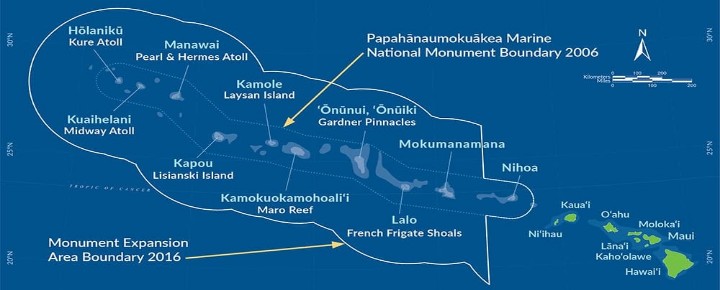

Importance of Papahānaumokuākea to Native Hawaiians.
NOAA acknowledged its importance, saying, “Hawaiian culture is a foundational element in the management of Papahānaumokuākea. The monument is also home to a variety of post-Western-contact historic resources, such as those associated with the Battle of Midway and 19th-century commercial whaling.”
Becoming a sanctuary does not invalidate its current status as a marine national monument. It will merely add to the protections offered as a national marine sanctuary.
Co-management of Papahānaumokuākea Marine National Monument.
The upcoming process will be a joint effort of all of the co-managing agencies. Those include NOAA (Office of National Marine Sanctuaries, Fisheries); U.S. Fish and Wildlife Service (Ecological Services, Refuges); State of Hawaiʻi (Division of Aquatic Resources, Division of Forestry and Wildlife) and Office of Hawaiian Affairs.
Public input is invited through January.
NOAA has invited public comment during the designation process of a national marine sanctuary, including its “potential boundaries; impacts on historic properties; resources that would be protected by a sanctuary; and the potential socioeconomic, cultural, and biological impacts of sanctuary designation.”
Join upcoming Zoom public meetings.
A series of meetings to answer questions and gather input is upcoming. The first is on Wednesday, December 8, 2021, at 6 pm HST. You can register at zoom.us/meeting/register/tZ0vc–przotHdAlz-shgXe_ceEcH-RSBIb7.
Also, on Saturday, December 11, 2021, Noon HST. Register at zoom.us/meeting/register/tZAocO6urTMiHtXpAGJq5_4YODHChiPLz1qN.
Tuesday, December 14, 2021, 6 pm HST Register at zoom.us/meeting/register/tZ0pceGurTopHNc80XiGhlAnftQ5mhGrdAle.
And the final Zoom meeting will be on Thursday, December 16, 2021, at 3 pm HST. Register at zoom.us/meeting/register/tZ0pceGurTopHNc80XiGhlAnftQ5mhGrdAle.
Images courtesy of NOAA.
Get Breaking Hawaii Travel News
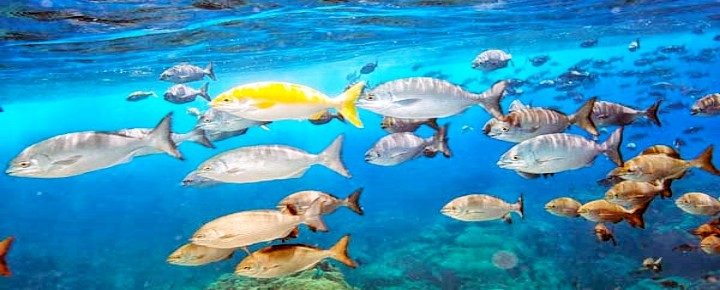
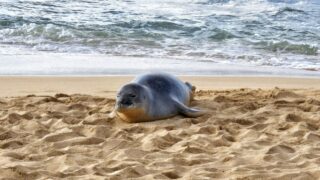


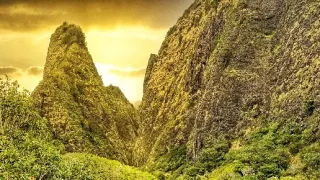
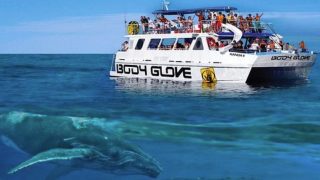
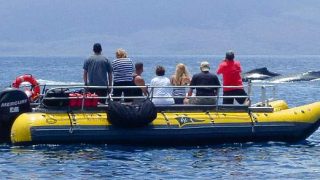
As a Canadian, I am in full support of this plan. I wish we could rejouvinate the oceans all over this planet. There is so much to do and this is a good beginning.
GREAT IDEA; too bad this proposed ocean reserve does not include all of the major Hawaiian Islands also, to permanently stop tropical fish “harvesting” (what an euphemism that is) which has decimated our Hawaiian reef fish. The DLNR is far understaffed to police every island’s illegal taking of tropical reef fish; the vast majority of these fish die in transit to far-flung destinations. These fish belong in the ocean for all to see, and not in anyone’s fish tank, for a select few to view.
You can support efforts to preserve these islands from fishing industry and other debris by supporting pmdphawaii.org/ (Papahanaumokuakea Marine Debris Project).
It only took over 20 years …..slow train to help our environment ….
Thank you all for your information you do a great job ..
Mahalo….
Excellent news! Papahānaumokuākea is a world treasure, and we need to do all we can to ensure the longterm success of the many animals and plants that live there.
Fantastic. Prey it comes to pass!